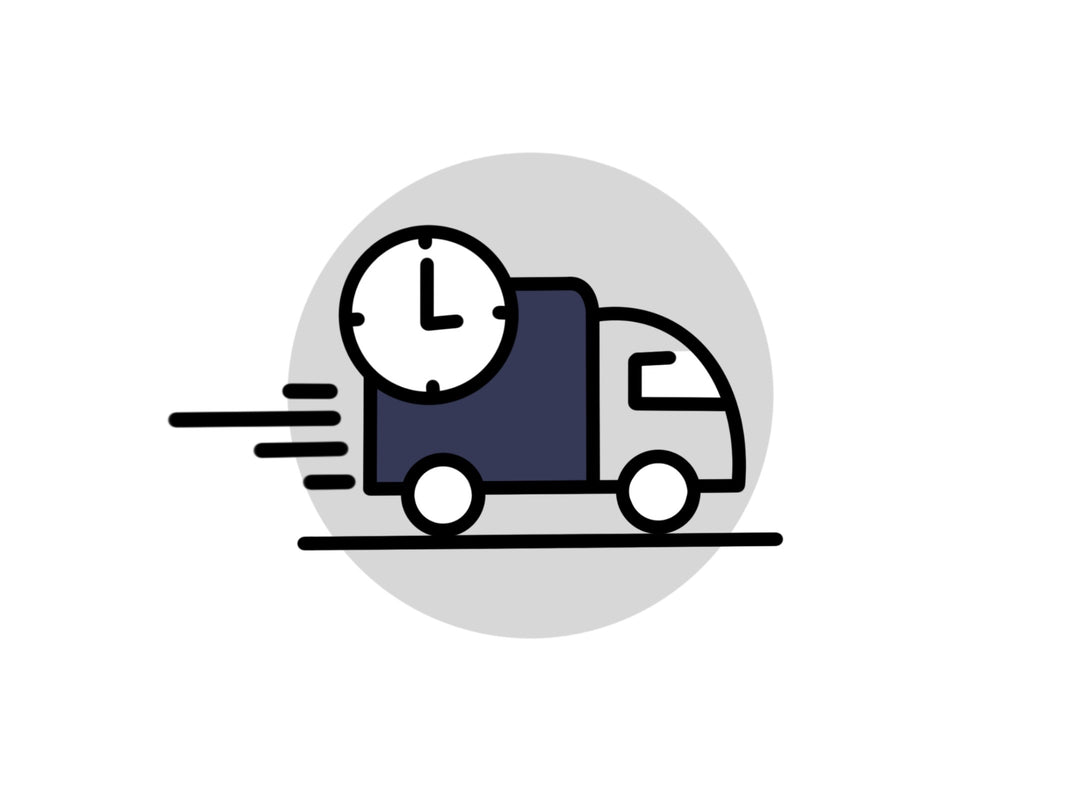Here Are 3 Great Reasons to Get a Rattle for Your Baby

Rattles are a quintessential Montessori newborn toy, and if you haven’t had a child before, you might think that they’re a little outdated. With the many options for playthings on the market, why should you still get baby rattles? Here are some reasons why rattles have stood the test of time and are popular with parents everywhere.
Rattles Provide Enough Stimulation
A rattle is usually made of non-toxic wood, rubber, or plastic, and it contains items that cause it to make noises when shaken. The noises range from dull jingles or bell-like sounds to metallic crinkling noises. Some rattles even have display lights or play melodies.
A rattle with lights and music teaches a baby about cause and effect. Babies learn that they will activate the toy when they push the button, making them curious about other things in general. Rattles are interesting enough and provide novelty without being overwhelming.
Rattles Are a Great Tool for Learning
Besides being a source of stimulation and entertainment, rattles can also teach babies new skills. If you want variety for your child’s learning and development, you can introduce both mobile toys and handheld ones—like rattles. Holding up a rattle will get the baby to look at it, and if the caregiver moves the toy from one side to another, it teaches the baby to coordinate their eyes and track an item visually.
The sounds a rattle makes could also teach babies to discern the location of an object. If you shake the rattle away from their line of sight, they will eventually learn to direct their attention towards the sound.
Another thing that rattles help babies with is fine motor skills. At first, a baby will hold a rattle tightly because of their grasp reflex. As they develop control in their wrists and fingers, they will learn how to hold and shake the rattle.
Many babies also put their toys in their mouth—this is natural, and rattles often have textured surfaces so they can double as teethers. When babies chew and gnaw on toys, it can help them cut new teeth and soothe their gums. Finally, many rattles have moving parts that twist, turn, or spin, which helps a baby’s attention span.
Favorite Toys Can Be Soothing and Motivating
At some point, parents figure out their child’s favorite toys. Often, younger children keep going back to a favorite toy because its familiarity relaxes them. Having a favorite toy also motivates them to learn challenging skills, like tummy time.
Usually, tummy time is challenging for babies, but it is essential—young children need to learn how to lift their heads and lie on their bellies. A favorite rattle can help a baby learn head and neck control. If you place it just out of their reach, it could motivate them to lift their head, roll, or squirm along the floor and start crawling.
Conclusion
A baby learns about the world around him or her through play. Providing your child with toys like mobiles and rattles will help them train their vision, hearing, and fine motor skills, among others. Don’t discount traditional toys like rattles—there’s a good reason why they are still around!
Make tummy time extra comfortable for your baby with organic topponcinos from The Topponcino Company. Our products are made of 100 percent natural, finely brushed, French-cotton twill, ensuring softness and durability. We offer free standard shipping anywhere in the U.S.—shop now or contact us for inquiries!












